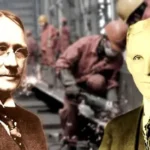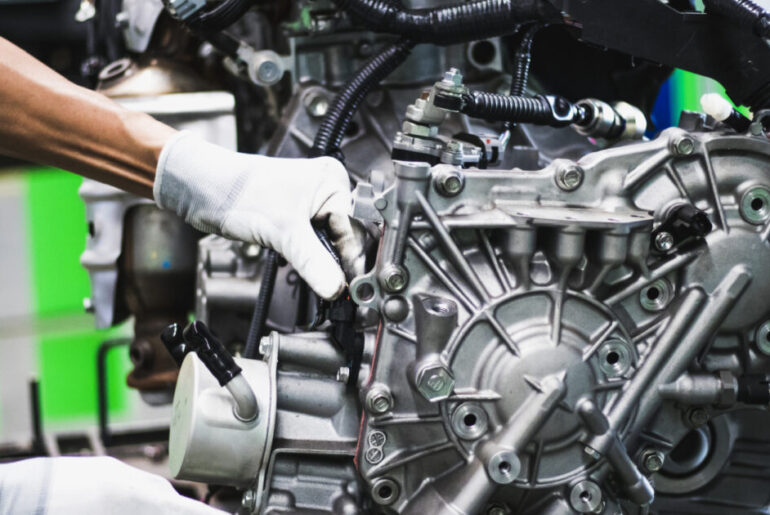(Originally posted on Apr 28, 2018 on the Drishti blog)
Anik Bose, General Partner at Benhamou Global Ventures, was the first investor to hear Drishti’s story—and, I’m flattered to say, the very first investor to commit, after just a 50-minute conversation.
With our Series A round behind us, I recently grew curious: what was it about Drishti that captured his interest?
We recently sat down to discuss where manufacturing is headed and why he was willing to bet on Drishti.
First and foremost, he told me, is that asset utilization, operational costs and especially productivity are all ripe to be transformed by analytics. In fact, he says, this transformation will be so complete that the core business challenge in the industry has shifted.
“Whether you’re a contract manufacturer or a captive manufacturer, differentiation is no longer about cost and capacity,” Anik said. “It’s about time-to-market and productivity.”
“But,” I asked, “Drishti is focused on human actions. If you want productivity, why not just replace all the people with machines?”
“Mass customization,” was his immediate answer. “You want time-to-market, but you want to meet market demand—which is trending more and more to lot sizes of one. Auto manufacturers like Daimler provide a great example. 8-10 years ago, they may have had 15 models. Today they may have 40 models. Tomorrow they may have 75 models. In this environment, capacity is not the limiting factory. It’s all about customization and again, time-to-market. And this is where workers are far more critical than machines. Their agility makes all the difference.”
Anik agrees with Drishti that improving human productivity is a 100-year-old problem. Case in point: the typical kaizen event—the all-hands approach to throwing the best brains at a problem—is not so much a best practice as it is a Plan B that’s forced on the company because they lack comprehensive metrics.
“When a manufacturer wants to resolve a production issue, they gather the workers and the managers to brainstorm ideas. If they want to improve asset utilization, they bring in lean experts for time and motion studies or rely on twice-yearly visits by engineers. For new product introductions, they shut down the line to run experiments.
“It’s all manual and ad hoc, because they have no alternative—they have no dataset that enables any other type of approach.”
At this point, I smiled silently. Anik understood my meaning: “The dataset. That’s the key, isn’t it?”
Anik agreed. “There’s never been a way to generate comprehensive data from the factory floor. Only now, only with the drop in sensor costs, the drop in storage costs, and the cloud making extremely high-end processing availability to anyone at any time, is it possible to solve this 100-year-old problem.”
Perhaps the most interesting thread from my conversations with Anik? The fact that he is far more interested in the applications of our technology than our technology itself.
“Drishti may be the first company in the world to deploy action recognition in a factory,” I asked him. “Why aren’t you and I chatting more about machine learning or neural network techniques or TPUs or things like that?”
“The technology is impressive,” he admitted. “But that’s not what matters. Manufacturers are inherently conservative when it comes to technology. That’s actually one of the main principles of the Toyota Production System: ‘Use only reliable, thoroughly tested technology that serves your people and processes.’
“What creates value for manufacturers,” Anik concluded, “is pairing technology with a simple UI and UX that enables anyone in the factory to understand and use the data, from the line worker to the engineer to the VP.”
I asked him if he believed Drishti was delivering on that promise. This time, he was the one who merely smiled.










